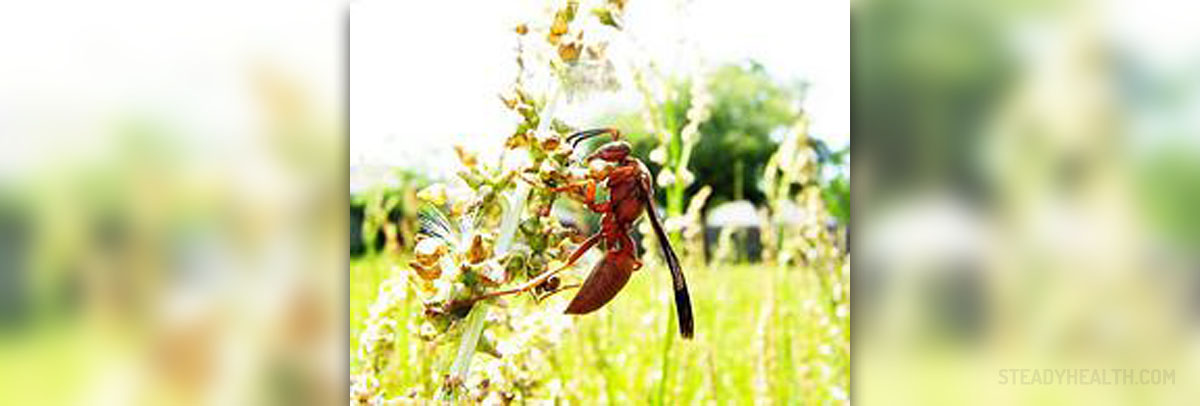
Red wasps are members of the genus Polistes, which is the only genus in the tribe Polistini. The most common type of polistine wasps is the paper wasp, which is well known for constructing water-resistant nests made of gray or brown papery material. These nests are actually made of fibers from dead wood, and plant stems, and mixed with wasps’ saliva. Red wasps are pretty common, and they build nests near human habitats. Generally, these wasps are not aggressive, but they act very protective in defending their nests. They are commonly mistaken for yellowjacket wasps, even though their body is more slender, and they are easily identified by their characteristic flight in which the legs seem to dangle below the body. Two main species of red wasps are Polistes carolina and Polistes perplexus. They are nearly identical and distinguished by black markings on the torax, and overall rusty coloration.
Red wasp life cycle
The life cycle of a red wasp goes through four stages: founding stage, worker phase, reproductive phase and intermediate phase. The first stage begins in spring when the wasp queen or a small group of related females starts constructing a nest. They first find an appropriate place for a new colony and start building a single brood cell from which additional cells form in a hexagonal pattern. The wasp queen lays the legs in brood cells, which are guarded by working female wasps. The larvae feed on softened caterpillar flesh, which is delivered by the wasp queen. First seasonal wasps are always female workers, and their aim is to subordinate worker position inside the nest, and assist the wasp queen in maintaining future offspring.
In working phase, the young working females are born and the old ones, which assisted in building the nest, are driven from it by aggressive behavior. They have to leave to start their own late-season nest or take over the nest of another female. Reproductive phase begins when the first fertile females emerge from brood cells. These wasps are capable of surviving over winter and continuing the next generation of wasps. When the reproductive males emerge from the cells, and both males and females leave the nest for mating flights, the intermediate phase begins.
Territory
Some of the wasp queens build their own nests but most commonly they usurp the nests of other wasp queens. In some cases, however, female wasps may simply join the nest of a close relative to complete reproduction. In most of these cases, co-founding females are closely related, and they are usually sisters, with exceptions in some rare cases.


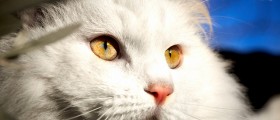



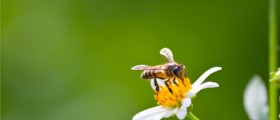


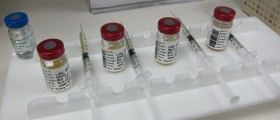


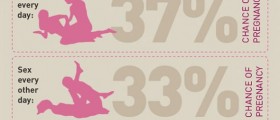

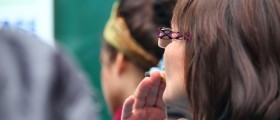

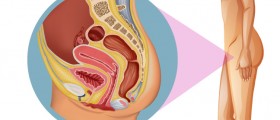
Your thoughts on this
Loading...